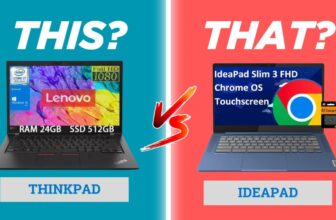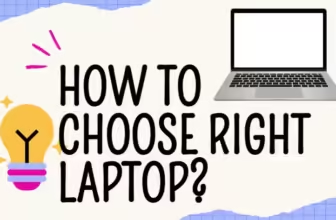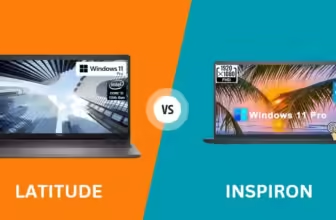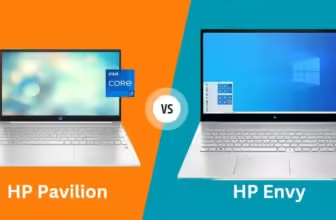MacBook Vs Laptop: (2024 Edition)
Did You Know?
- Apple’s M2 chip can perform up to 15.8 trillion operations per second. That’s like counting to a billion 15,800 times in one second!
- 💻 The first laptop, the Osborne 1, weighed 24 pounds. Today’s MacBook Air? A mere 2.7 pounds!
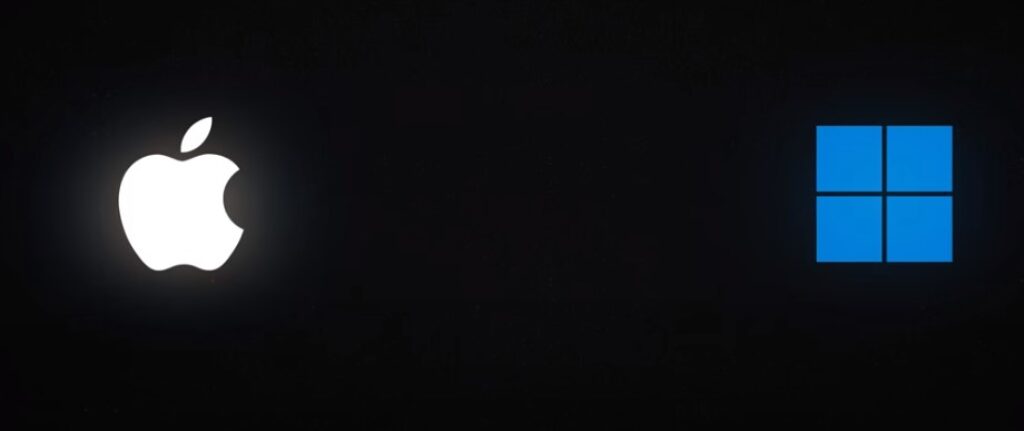
Brains of the Operation: Processors
MacBook:
- Apple Silicon (M1, M2, M3 series)
- ARM-based architecture
- Integrated CPU, GPU, and Neural Engine
For further detailed about MacBook Read the folowing
Regular Laptop:
- Intel Core i3, i5, i7, i9
- AMD Ryzen 3, 5, 7, 9
- Separate CPU and GPU in most cases
Hidden Tip: For everyday tasks, even the base M1 MacBook Air outperforms many higher-priced Windows laptops. But if you’re into hardcore gaming or 3D rendering, a high-end Windows laptop might still have the edge.
Memory Matters
MacBook:
- Unified memory: 8GB to 96GB
- Not user-upgradeable
Regular Laptop:
- RAM: 4GB to 128GB
- Often user-upgradeable
Stat Attack: A 2023 study found that 16GB of unified memory in a MacBook performed similarly to 32GB in a Windows laptop for most creative tasks.
Storage
MacBook:
Apple’s recent transition to its own Apple Silicon chips has shaken up the laptop performance landscape.
The M1, M2, and M3 chips offer impressive performance and power efficiency, particularly in creative and productivity applications.
However, PC laptops still hold the edge in gaming performance, thanks to their dedicated graphics cards from NVIDIA and AMD.
- SSD only: 256GB to 8TB
- Not user-upgradeable
Regular Laptop:
When it comes to RAM and storage, MacBooks offer limited upgradability options, whereas PC laptops often allow for more flexibility.
MacBooks generally boast longer battery life thanks to the efficiency of Apple Silicon chips, but high-performance PC laptops can also offer impressive endurance.
- SSD, HDD, or both
- 128GB to 4TB+
- Often user-upgradeable
Hidden Tip: If you’re eyeing a MacBook, splurge on storage. You can’t upgrade later, but you can always use external drives.
Display
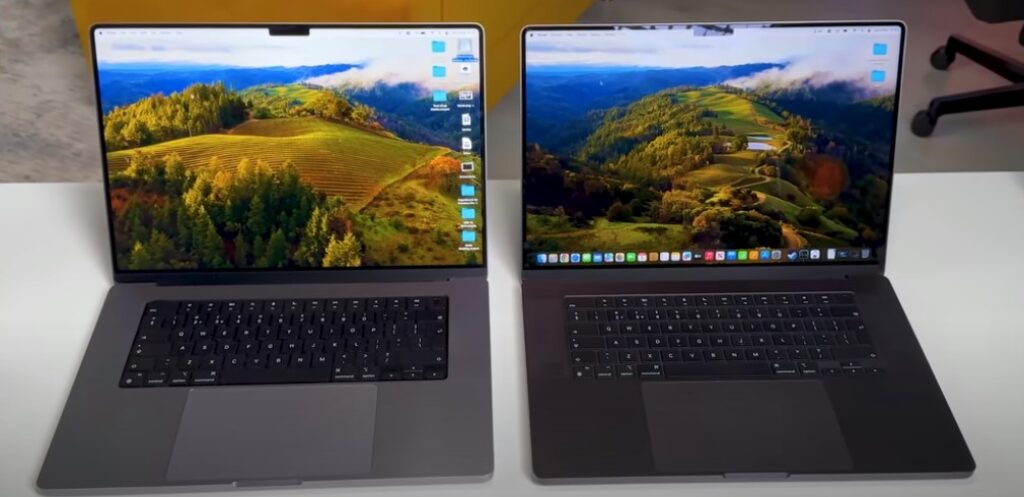
MacBook:
- Retina display (220-260 PPI)
- P3 wide color gamut
- True Tone technology
Regular Laptop:
- Various technologies: IPS, OLED, VA
- Full HD to 4K resolution
- Some offer touch screens
The colors so vivid, they make real life look dull. That’s what you get with a high-end laptop display.
Battery Battle
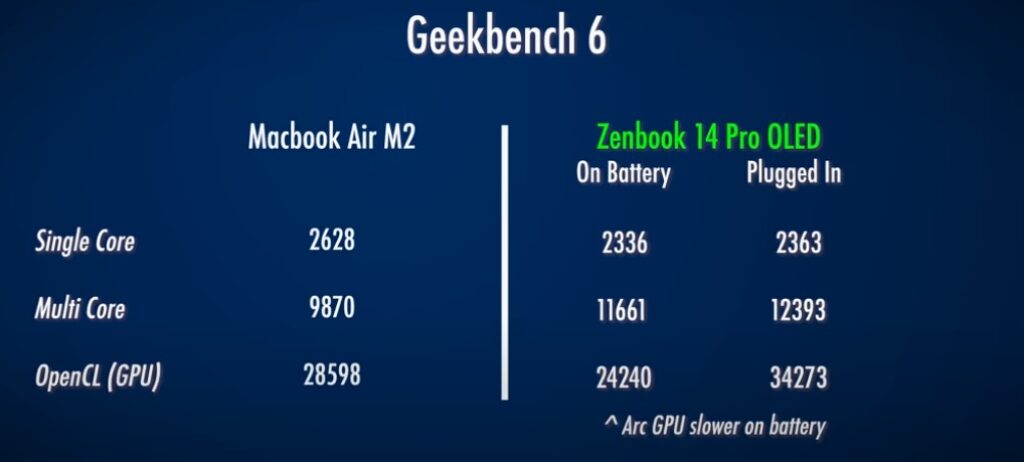
MacBook:
- Up to 20 hours on M2 MacBook Pro
- Efficient power management
Regular Laptop:
- 4 to 15 hours, varies widely
- Gaming laptops often under 5 hours
Stat Attack: In a 2023 battery life test, the M2 MacBook Air lasted 18 hours and 20 minutes on a single charge, while the average Windows laptop managed just 10 hours and 7 minutes.
Operating System
MacBooks exclusively run on macOS, Apple’s proprietary operating system. It boasts a sleek, intuitive interface and seamless integration with other Apple devices like iPhones and iPads.
The macOS ecosystem offers a curated selection of high-quality apps, with a strong emphasis on creativity and productivity. However, its closed nature can be limiting for users who prefer more customization or access to a wider range of software.
MacBook:
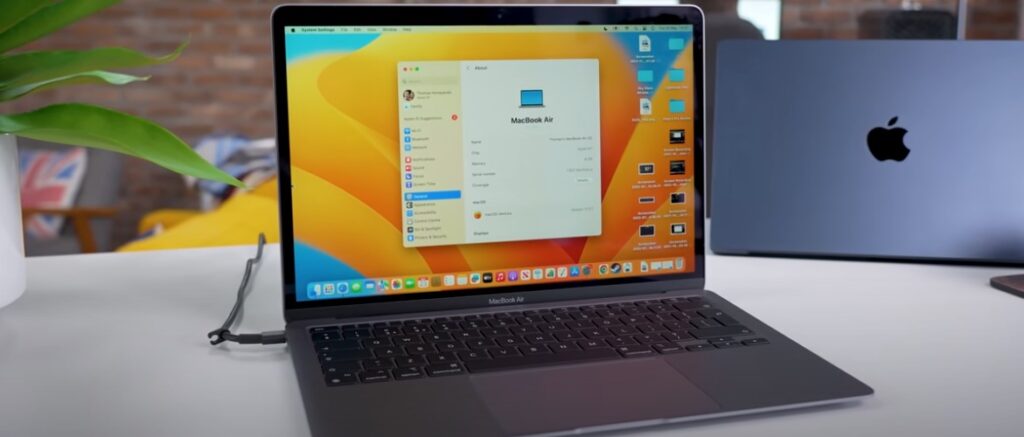
- macOS: Sleek, intuitive, yearly free updates
- Seamless integration with other Apple devices
Regular Laptop:
PC laptops, on the other hand, predominantly run on Windows or Linux. Windows is the most popular operating system globally, offering unparalleled software compatibility and a vast selection of applications for virtually any purpose.
Linux, while less mainstream, provides a high degree of customization and is favored by many developers and tech-savvy users. However, Windows can be susceptible to malware, and Linux requires a steeper learning curve.
- Windows: Familiar, widely compatible
- Linux: Open-source, highly customizable
Hidden Tip: If you’re an iPhone user, a MacBook will feel like a natural extension of your digital life. But if you’re platform-agnostic, a Windows laptop offers more flexibility.
Software
MacBooks excel in creative applications, with exclusive software like Final Cut Pro, Logic Pro, and Xcode.
They also offer excellent performance with popular apps like Microsoft Office and Adobe Creative Suite. However, PC laptops dominate the gaming scene, offering access to a much larger library of games and better performance for demanding titles.
MacBook:
- Exclusive apps: Final Cut Pro, Logic Pro
- Microsoft Office and Adobe Creative Suite available
Regular Laptop:
- Vast software library
- Better gaming support
- More business-oriented software
You editing a Hollywood-quality video on your laptop. With a MacBook and Final Cut Pro, you can. But if you’re a gamer, a Windows laptop is your ticket to pixel paradise.
Price Points
MacBooks are generally more expensive than comparable PC laptops, especially when considering similar specifications.
However, they often retain their value better over time, making them a potentially worthwhile investment in the long run. PC laptops offer a wider range of price points, making them accessible to a broader audience.
MacBook:
- Starting at $999 for MacBook Air
- Up to $6,499 for maxed-out MacBook Pro
Regular Laptop:
- Budget options from $300
- High-end models up to $5,000+
Stat Attack: According to a 2023 market study, the average selling price of a MacBook was $1,300, compared to $650 for Windows laptops.
Build Quality and Design
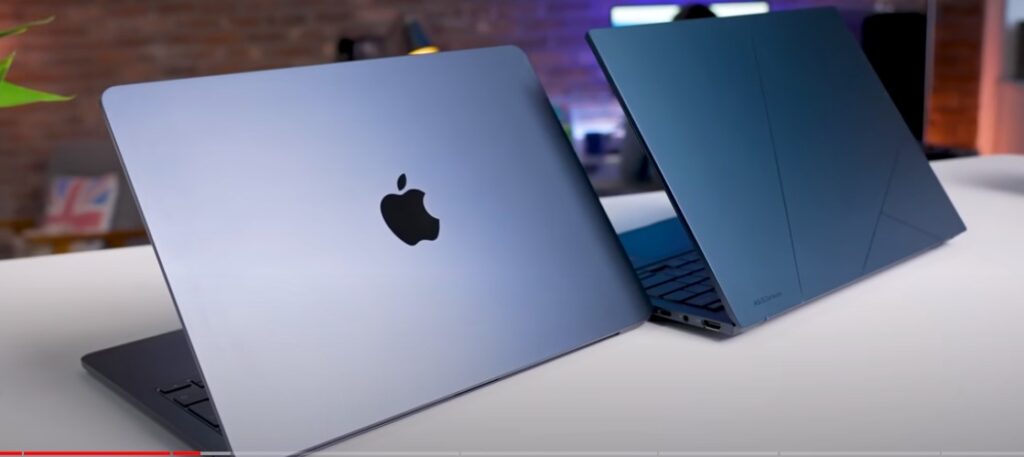
MacBook:
MacBooks are renowned for their premium build quality, typically featuring sleek aluminum chassis that exude elegance and durability.
They’re often thinner and lighter than their PC counterparts, making them ideal for travel. However, this slim design can sometimes come at the expense of port selection.
- Aluminum unibody design
- Slim and lightweight
- Limited color options
Regular Laptop:
PC laptops offer a wider variety of designs and materials, from plastic to metal. Some models prioritize portability, while others focus on performance or durability. PC laptops generally offer a greater variety of ports, including USB-A, HDMI, and Ethernet, catering to a wider range of use cases.
- Varied materials: plastic, aluminum, magnesium
- Diverse designs: traditional, 2-in-1, gaming
Hidden Tip: MacBooks tend to hold their resale value better. If you upgrade every few years, this could offset the higher initial cost.
10. Ports and Connectivity
MacBook:
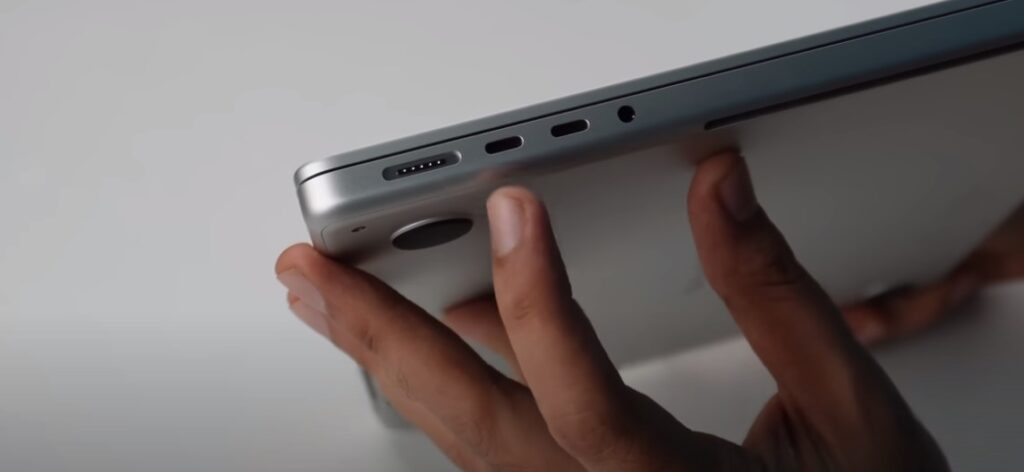
- Thunderbolt/USB-C ports
- No USB-A or HDMI on some models
Regular Laptop:

- Wide variety: USB-A, HDMI, Ethernet
- Some high-end models offer Thunderbolt
The world where one cable can do it all. That’s the promise of Thunderbolt. But in reality, you might need a dongle or two with a MacBook.
Security Features
MacBook:
- Touch ID
- T2 Security Chip or Secure Enclave
Regular Laptop:
- Windows Hello (facial recognition, fingerprint)
- Some offer physical webcam shutters
Stat Attack: In a 2023 cybersecurity report, macOS accounted for only 2.8% of malware attacks, compared to 95.6% for Windows.
Customization and Upgradability
MacBook:
- Limited to no user upgrades
- What you buy is what you’re stuck with
Regular Laptop:
- Many models allow RAM and storage upgrades
- Some gaming laptops even allow GPU upgrades
Hidden Tip: If you like to tinker or future-proof your machine, a Windows laptop is your best bet. MacBooks are more of a “sealed system” approach.
Thermal Management and Fanless Design
MacBooks:
- Many MacBook Air models are fanless, thanks to the efficiency of Apple Silicon.
- This results in completely silent operation and no moving parts to fail.
- MacBook Pro models use advanced thermal systems with variable speed fans.
Regular Laptops:
- Almost all have fans, even in ultrabooks.
- Gaming and high-performance laptops often have complex cooling systems with multiple fans and heat pipes.
Impact: MacBooks, especially Air models, can be better suited for quiet environments like libraries or recording studios.
Trackpad Technology and Gestures
MacBooks:
- Use Force Touch trackpads with haptic feedback.
- No physical click mechanism; the “click” is simulated.
- Supports a wide range of multi-finger gestures deeply integrated with macOS.
Regular Laptops:
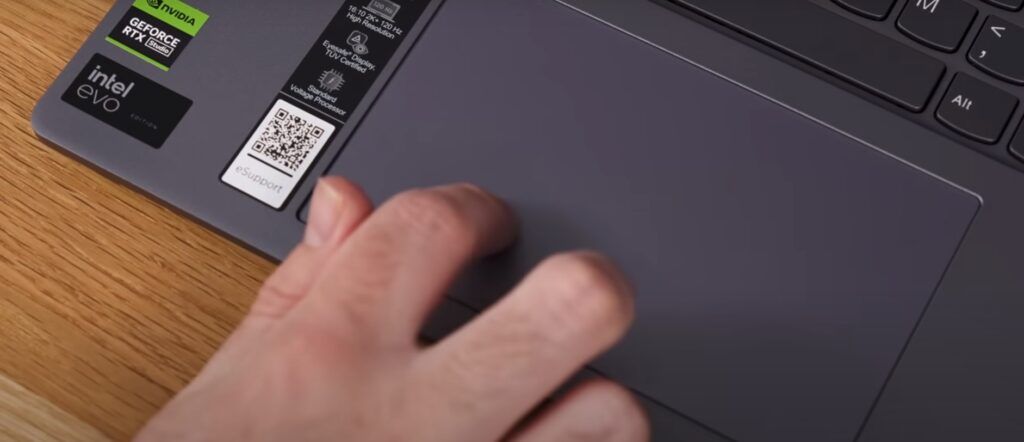
- Most use traditional trackpads with physical click mechanisms.
- Windows Precision Touchpads offer improved responsiveness and gesture support, but not all laptops have them.
Impact: MacBook trackpads are generally considered more responsive and versatile, enhancing productivity for users who master the gestures.
Display Calibration and Color Accuracy
MacBooks:
- Displays are calibrated at the factory for color accuracy.
- True Tone technology adjusts white balance based on ambient lighting.
Regular Laptops:
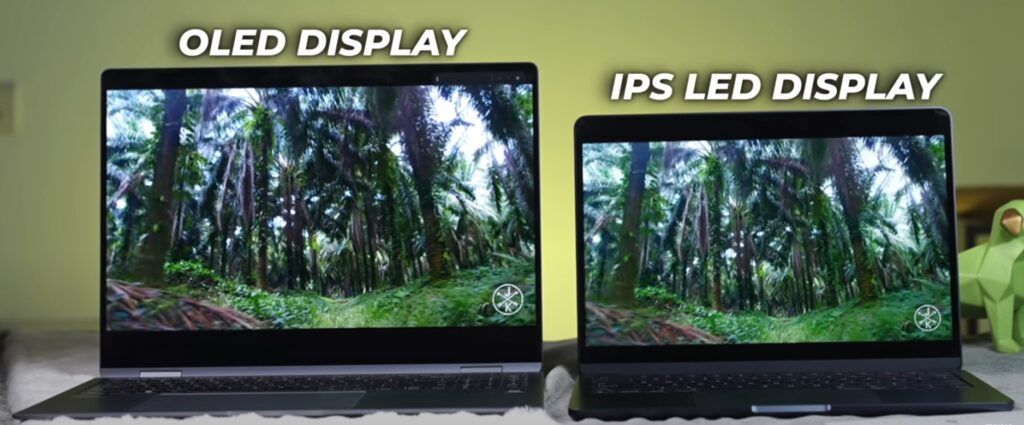
- Color accuracy varies widely between models.
- High-end models may offer factory calibration, but it’s not standard.
Impact: MacBooks are often preferred by visual professionals for their out-of-the-box color accuracy.
Power Adapter and Charging
MacBooks:
- Use USB-C or MagSafe for charging.
- Power adapters are generally compact and use a detachable cable.
Regular Laptops:
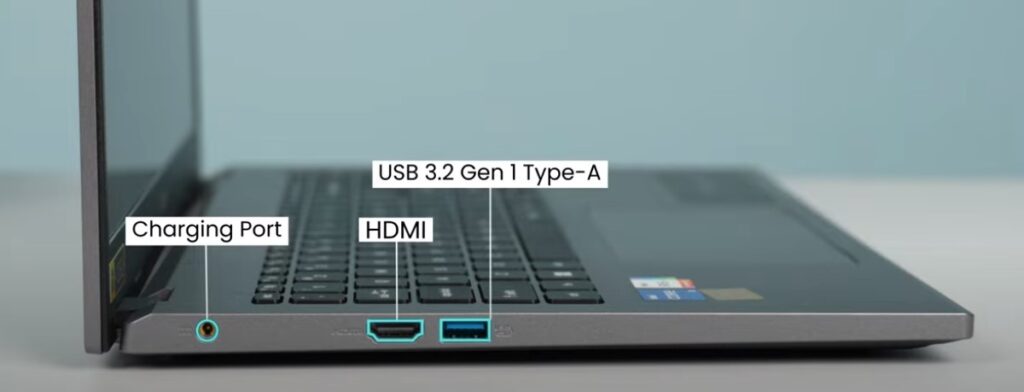
- Charging methods vary (proprietary connectors, USB-C, barrel plugs).
- Power bricks can be larger, especially for high-performance models.
Impact: MacBooks often offer more versatile charging options, including the ability to charge from portable battery banks.
Keyboard Backlighting and Customization
MacBooks:
- Consistent white backlighting across all models.
- Ambient light sensor adjusts backlight automatically.
Regular Laptops:
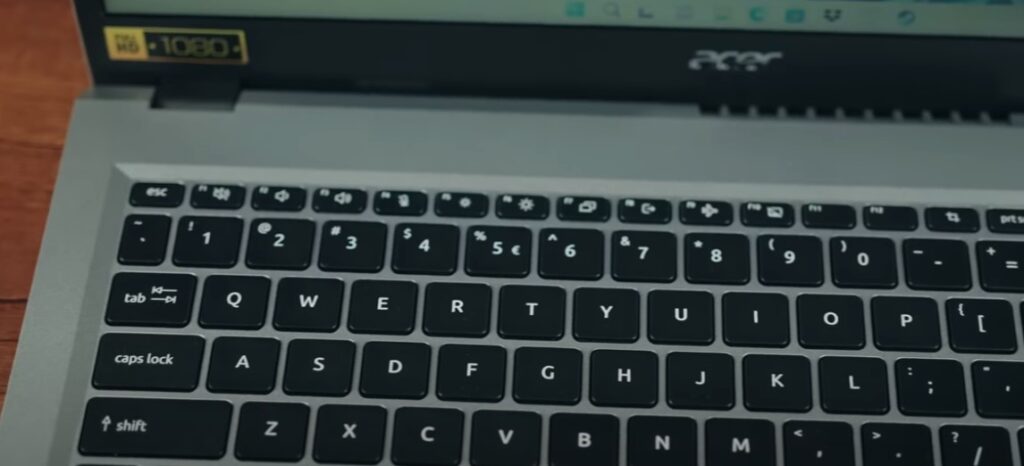
- Backlighting varies from none to RGB customizable.
- Gaming laptops often offer per-key RGB lighting.
Impact: While MacBooks offer a more uniform experience, some regular laptops provide more personalization options.
Built-in Software and Productivity Tools
MacBooks:
- Come with a suite of creative apps (iMovie, GarageBand) pre-installed.
- Time Machine for easy, integrated backups.
Regular Laptops:
- Windows laptops come with basic apps, but not equivalent creative tools.
- Third-party software often required for comprehensive backup solutions.
Impact: MacBooks offer more out-of-the-box creative tools, potentially saving users money on software purchases.
Accessibility Features
MacBooks:
- VoiceOver screen reader is highly sophisticated.
- Extensive accessibility features deeply integrated into macOS.
Regular Laptops:
- Windows Narrator has improved but is generally considered less advanced than VoiceOver.
- Accessibility features vary in depth of integration.
Impact: Users with disabilities often find MacBooks more accommodating out of the box.
Virtualization and Boot Camp
MacBooks:
- Intel-based MacBooks can run Windows via Boot Camp.
- M1/M2 MacBooks can only run ARM-based operating systems in virtual machines.
Regular Laptops:
- Can run multiple operating systems via dual-boot or virtualization without restrictions.
Impact: Regular laptops offer more flexibility for users who need to run multiple operating systems natively.
Repairability and DIY Upgrades
MacBooks:
- Components are often soldered and glued, limiting DIY repairs.
- Apple’s official repair program is more restrictive.
Regular Laptops:
- Vary widely, but many models offer easier access to components.
- More third-party repair options available.
Impact: Users who value long-term upgradability and DIY repairs may prefer regular laptops.
Enterprise and Business Integration
MacBooks:
- Native support for Unix commands appeals to developers.
- Integration with iOS devices for continuity in business environments.
Regular Laptops:
- Better support for legacy business software and systems.
- More options for enterprise-level management and security tools.
Impact: While both can be used in business settings, regular laptops often have an edge in traditional corporate environments.
Audio Technology
MacBooks:
- Advanced audio processing with beamforming mics.
- Spatial Audio support in newer models.
Regular Laptops:
- Audio quality varies significantly between brands and models.
- Gaming laptops often feature advanced audio systems.
Impact: MacBooks generally offer more consistent and higher-quality audio experiences across their lineup.
These additional differences highlight the nuanced ecosystem and design philosophies behind MacBooks and regular laptops. While they may not be deal-breakers for everyone, they can significantly impact the user experience depending on individual needs and preferences.
Remember, the “best” choice depends on your specific use case, budget, and personal preferences. Sometimes, these subtle differences can be the deciding factor in finding your perfect digital companion.
The Verdict: Which One’s For You?
Choose a MacBook if:
- You’re already in the Apple ecosystem
- You value battery life and efficiency
- You do creative work (video editing, music production)
- You prefer a streamlined, “it just works” experience
Choose a Regular Laptop if:
- You’re a gamer or need Windows-specific software
- You want more bang for your buck at lower price points
- You like to upgrade or customize your hardware
- You prefer a wider range of choices in design and features
Remember, the best laptop isn’t about winning a spec sheet war. It’s about finding the right tool that helps you do what you need to do, whether that’s crafting the next big app, editing your indie film, or just browsing cat videos in style.
Now, armed with this knowledge, go forth and choose your digital companion wisely. And if all else fails, you can always use your new laptop to calculate how many hours you spent researching laptops instead of actually using one!


